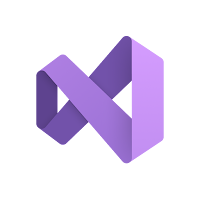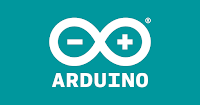3PDT footswitch and true bypass wiring

Whenever I assemble a new effect pedal, I always end up confused about the wiring required for the 3PDT footswitch. More often than not, the wiring is the same, but presented differently or in a confusing manner in the assembly instructions of the different kits/PCBs and I always end up having to draw it out. As well as the wiring, there's some theory about switches. You can go directly to the wiring diagram and explanations by clicking this link. What are switches, really? Let's first start with the humble on-off switch: SPST (single pole, single throw) switches have only one pole, and only one throw (or circuit that can be closed). When the switch is open there's no signal going anywhere. When it's closed, the signal goes through. It's your basic on/off toggle. Let's complicate things a bit more by introducing... a second throw : In an SPDT (single pole, dual throw) switch, the signal can pass through either of two positions. From these two basic switches, m


